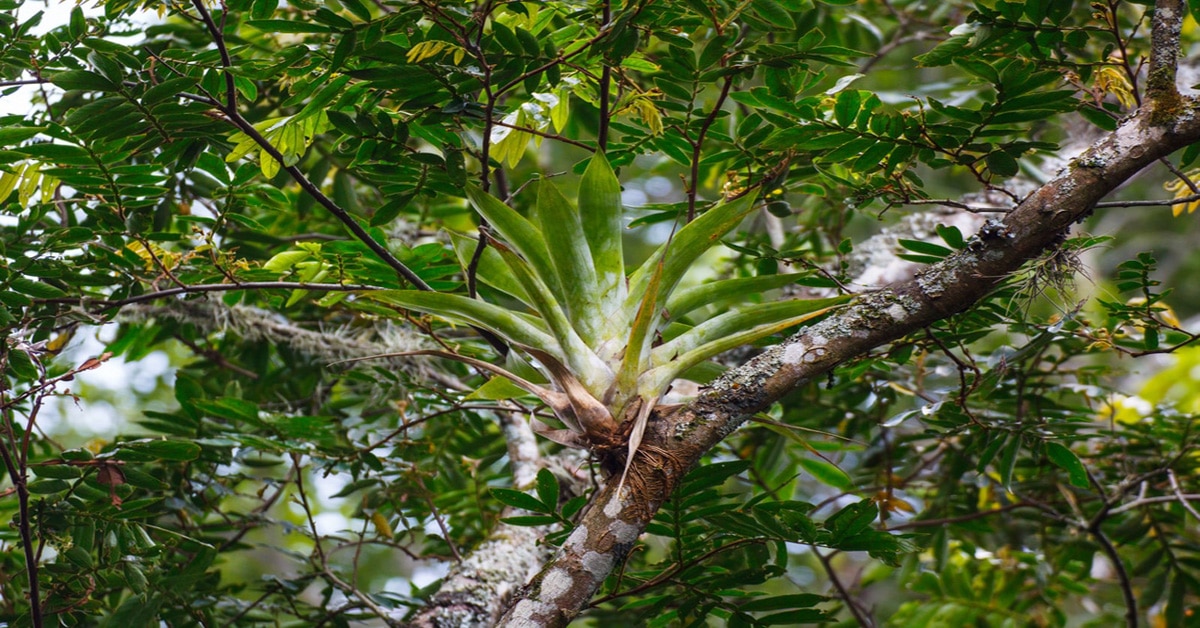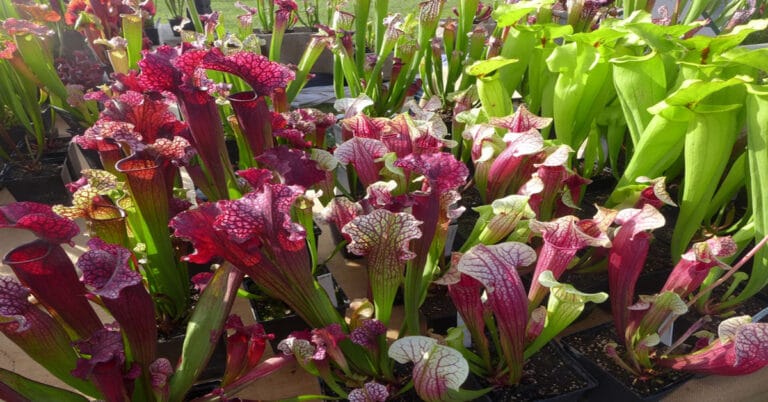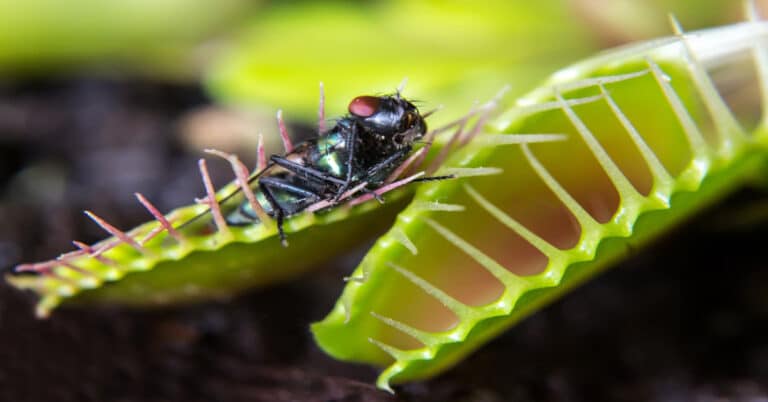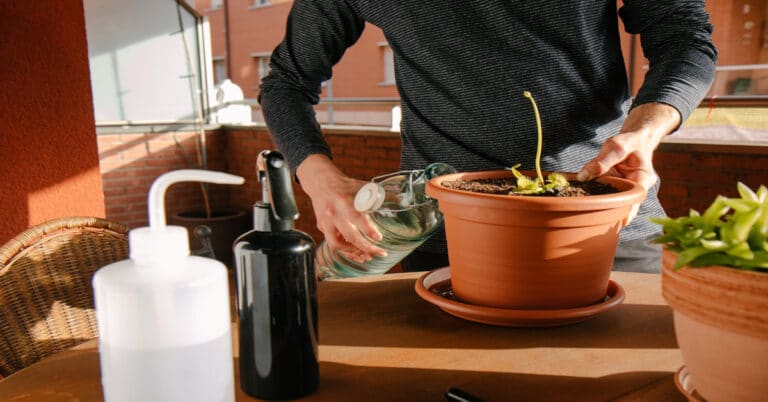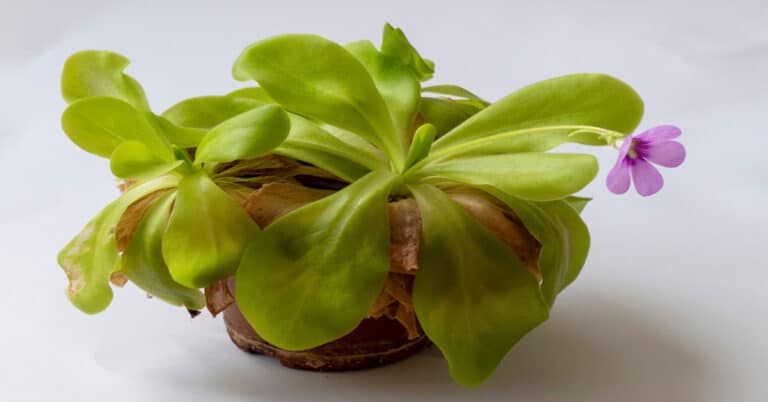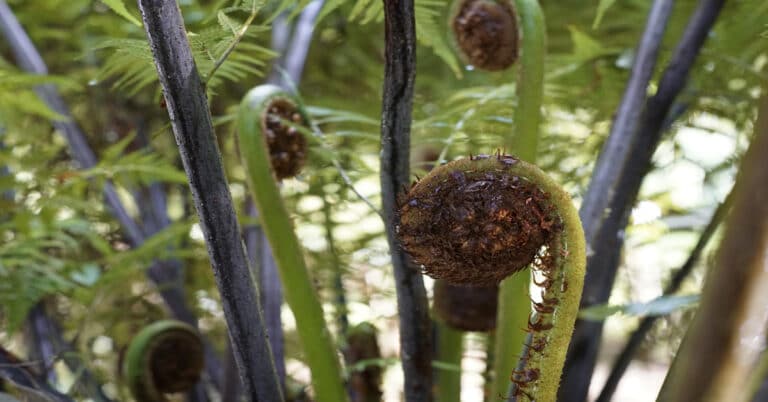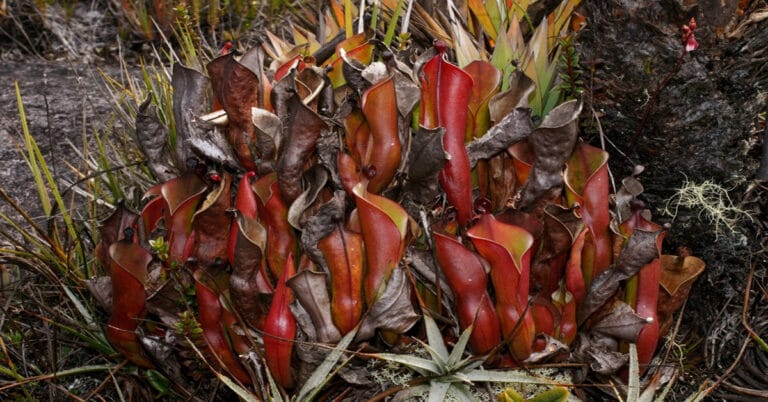Catopsis
The species Catopsis belongs to the family Bromeliaceae and the Tillandsioideaev subfamily. The name derives from “kata” the Greek word for “hanging down” combined with “opsis” or “appearance”. You can find varieties of Catopsis from Florida, running parts of Brazil in the East, as well as the Caribbean.
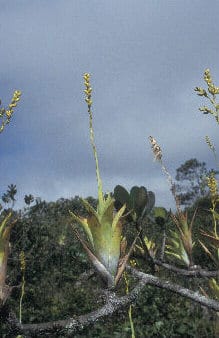
| Kingdom | Plantae (Plants) |
| (Unranked) | Angiosperms |
| (Unranked) | Monocots |
| (Unranked) | Commelinids |
| Order | Poales |
| Family | Bromeliaceae |
| Subfamily | Tillandsioideae |
| Genus | Catopsis |
However, there are many species, but you can consider only Catopsis berteroniana as a possible carnivorous plant, though it is yet unconfirmed. The plant grows over a large range from south Florida all through México (Campeche, Chiapas, Guerrero, Oaxaca, Quintana Roo, Tabasco estados and Veracruz), the Islands of the Caribbean and Central America, Brazil and Venezuela there are nearly twenty known varieties of Catopsis. Though they almost look-alike, the varieties found in hot and dry areas are comparatively smaller than those found in cooler and more humid areas are.
Tips for Domestic Cultivation
Cultivation
Cultivation conforms to that of Brocchinia. Catopsis grows in exceptionally bright conditions, needs protection from frost, but requires an ample abundance of humidity. You can carry out the process of watering simply by pouring disinfected water straight into the urn. You may feed it by occasionally throwing into a bug in the urn or leaf axils.
Propagation
You can propagate catopsis through pup as the plant dies after flowering. It seems, as the plant dies, it leaves behind only one replacement pup, which you may use for maintaining your plants rather than propagating the same. Apparently, the plant is largely dioecious so, consider yourself lucky if you get plants of both genders to cross them. Yet, some horticulturists reportedly got hold of seed readily from their plants, so it is uncertain if the plants are dioecious. It could be a trait restricted to some varieties. Apparently, the feathery seeds dispersed by wind germinate quickly.

Having discovered a fondness for insects while pursuing her degree in Biology, Randi Jones was quite bugged to know that people usually dismissed these little creatures as “creepy-crawlies”.

